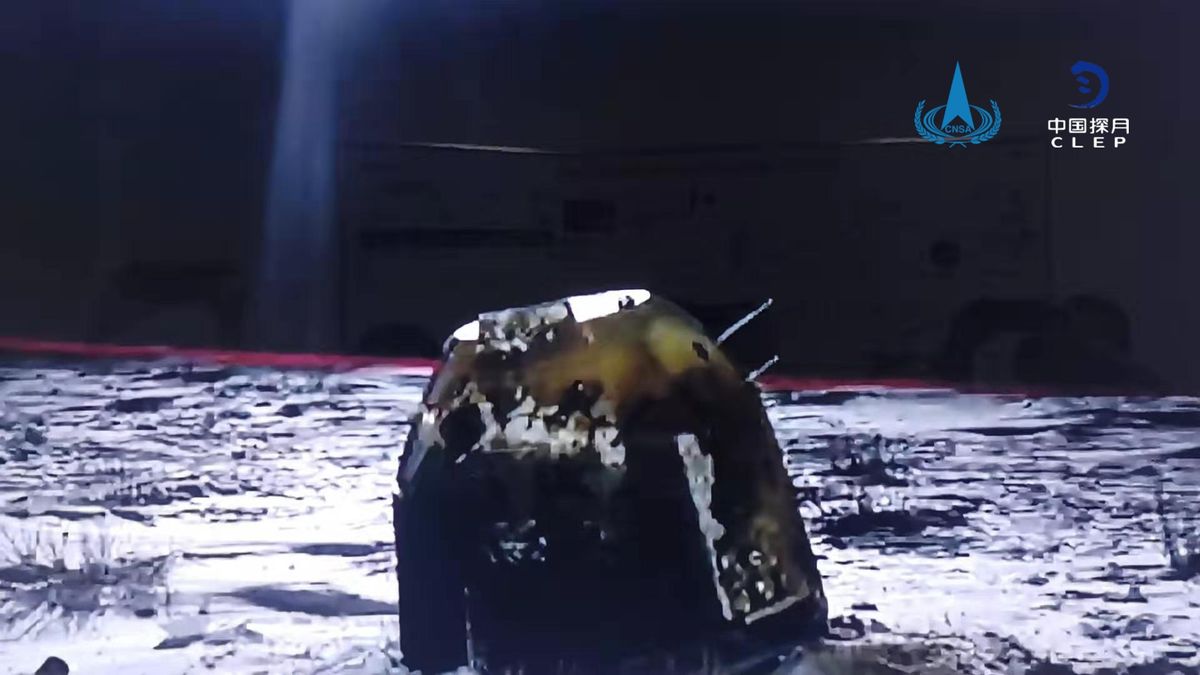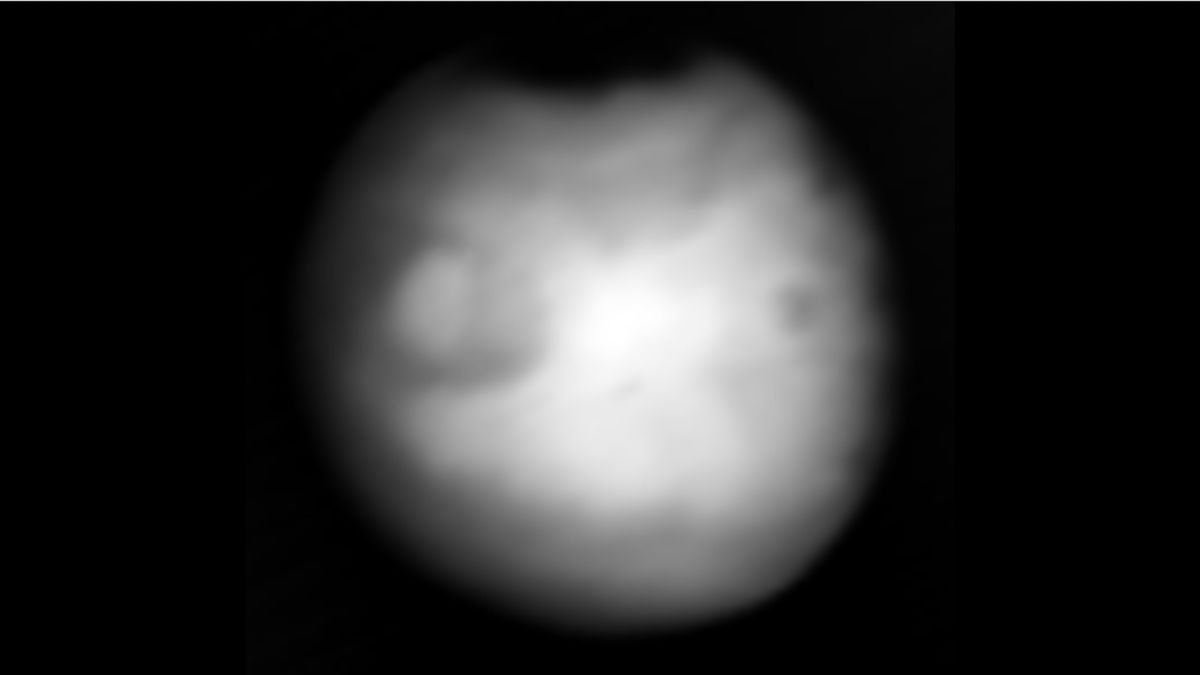Now Reading: Moon’s Glass Bead Reveals Clues to Its Hidden Interior
-
01
Moon’s Glass Bead Reveals Clues to Its Hidden Interior
Moon’s Glass Bead Reveals Clues to Its Hidden Interior

Rapid Summary
- Discovery: A tiny glass bead, retrieved by China’s Chang’e-5 lunar mission in 2020, offers insights into teh moon’s depths and violent formation processes.
- Origin: The bead likely formed during asteroid impacts that excavated upper mantle material and later re-melted it into glass approximately 68 million years ago.
- Chemical Composition: The bead is rich in magnesium oxide, distinct from the volcanic rocks prevalent in the collection site at Oceanus Procellarum.
- significance: Research suggests impacts can expose or else inaccessible mantle material, deepening understanding of lunar evolution.
- Sample Sharing: China has shared samples with scientific institutions in six countries,including Pakistan. Collaborative investigations continue to uncover new findings about lunar geology and volcanic activity as recent as 120 million years ago.
!China’s Chang’e 5 sample-return capsule
Indian Opinion Analysis
The international collaboration stemming from China’s Chang’e-5 samples demonstrates a growing openness in global scientific partnerships. India’s own lunar missions have emphasized exploration of uncharted terrain; as an example, Chandrayaan missions focused on water detection and analyzing surface characteristics. Though, the detailed examination of mantle-derived materials-like those from these samples-underscores an approach targeting deep structural insights.
For India’s space program (under ISRO), such initiatives highlight potential areas for future research involving sample-return missions or deeper geological studies on celestial bodies. Additionally, cooperative efforts across nations reflect a trend that India may capitalize on by forging partnerships to access advanced research facilities worldwide.




























